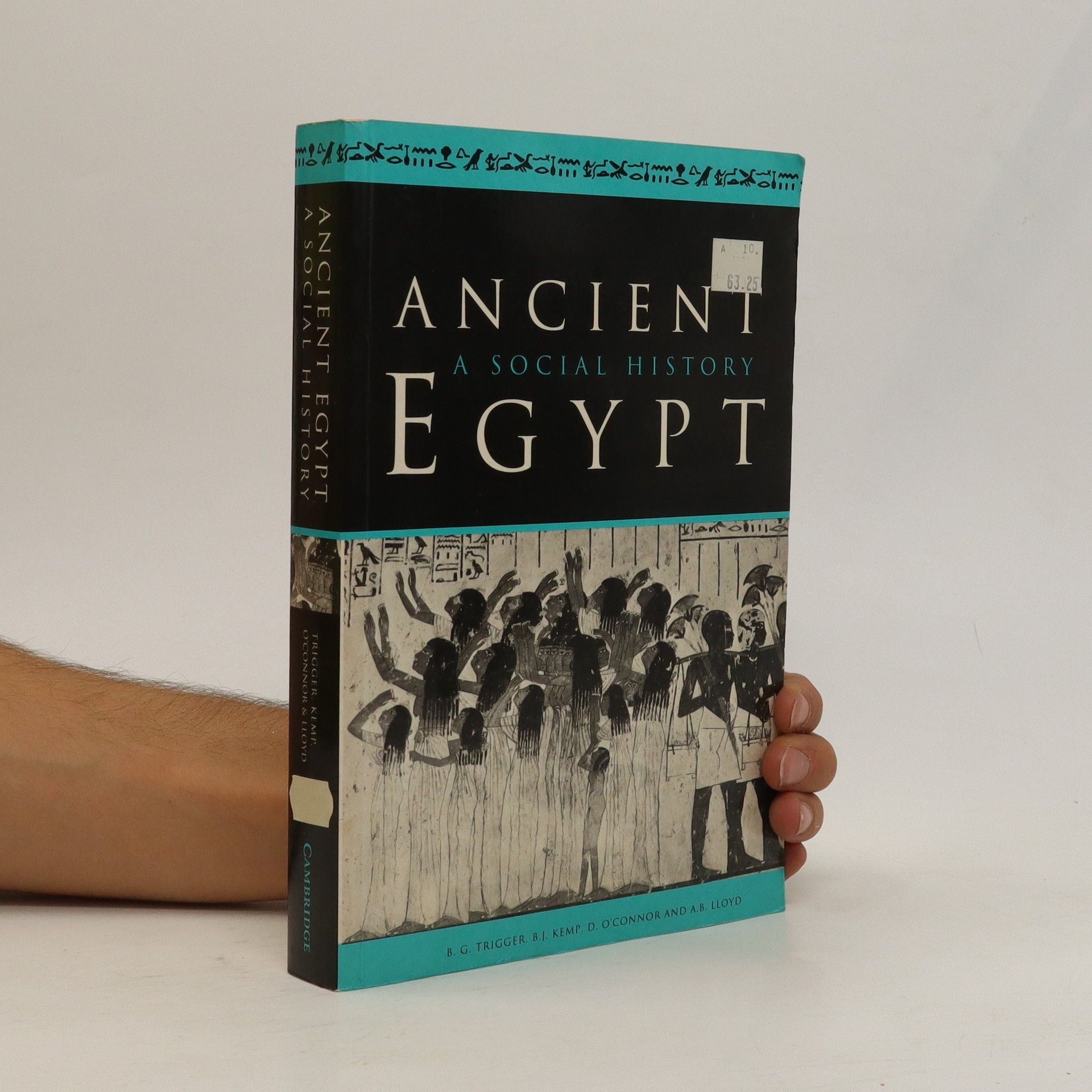Ancient Egypt: A Social History
- 464 stránok
- 17 hodin čítania
This book, first published in 1983, presents an innovative perspective on the ancient societies which flourished in the Nile Valley.
Kanadský archeológ, antropológ a etnohistorik Bruce Graham Trigger sa vo svojom výskume zameriaval na históriu archeologického bádania a komparatívne štúdium raných kultúr. Počas svojej dlhej kariéry na McGill University rozvíjal nové teoretické prístupy k archeológii a etnológii. Jeho práca sa vyznačovala hlbokým porozumením pre kultúrne kontexty a snahou o interdisciplinárnu syntézu. Triggerov výskum významne prispel k nášmu chápaniu vývoja ľudských spoločností.



This book, first published in 1983, presents an innovative perspective on the ancient societies which flourished in the Nile Valley.
A detailed comparative study of the seven best-documented early civilizations: ancient Egypt and Mesopotamia, Shang China, the Aztecs, peoples in the Valley of Mexico, the Classic Maya, the Inka, and the Yoruba. Equal attention is paid to similarities and differences in their sociopolitical organization, economic systems, religion, and culture.